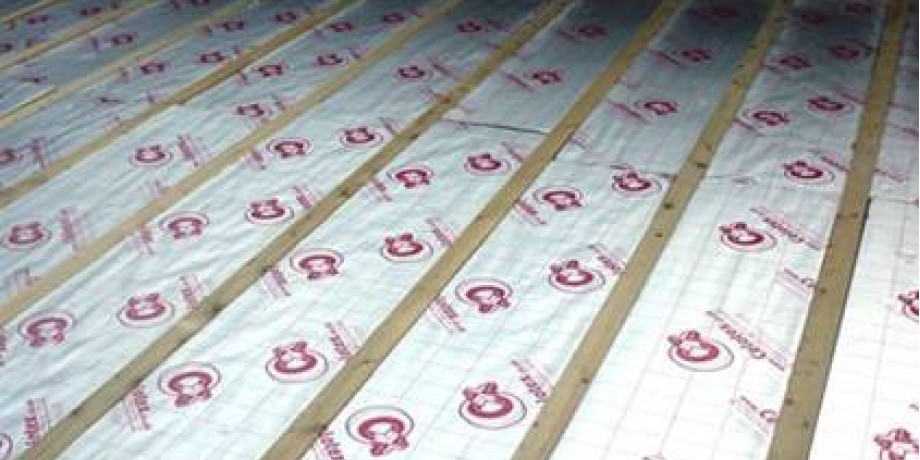Know-How on Proper Floor Insulation

Enhancing Floor Insulation: A Practical Guide
If you’re tired of perpetually chilly feet during your quiet moments at home or if your thick carpets fall short in warmth and prove cumbersome to clean and maintain, consider an effective alternative: floor insulation. Beyond enhancing your home’s thermal performance, insulation offers numerous benefits for both your floor and overall interior.
Stability and Longevity
By adding insulation, you not only improve thermal efficiency but also bolster your floor’s stability and strength. Insulated floors tend to endure longer and withstand heavier loads. Whether your floor rests directly on the ground or is suspended above timber joists, proper insulation contributes to its longevity.
Protection Against Dampness
Insulation acts as a shield, safeguarding your carpet from dampness that may rise from the basement or ground. If your floor lies directly atop the ground, insulation prevents moisture from seeping through. For suspended timber floors, insulation helps maintain a dry environment, preserving both the floor structure and your carpet.
Health Considerations
For individuals with respiratory issues, insulation offers an additional advantage. By minimizing airborne germs and bacteria, it contributes to healthier indoor air quality. This protection extends beyond your floor, ensuring cleaner air throughout your living space.
In summary, understanding proper floor insulation is essential. Whether you’re a homeowner seeking comfort, durability, or health benefits, insulating your floor is a wise investment.
Understanding Floor Types: Solid Ground and Suspended Timber Floors
When it comes to floors, two fundamental types exist: solid ground floors and suspended timber floors. Let’s delve into the specifics of each:
Solid Ground Floors:
- These floors consist of different materials, with concrete being the primary choice. They are directly laid on the ground.
- Concrete solid floors possess high thermal mass, meaning they can store heat effectively. When insulating them, it’s crucial to select the right insulation material to avoid compromising their thermal properties.
- Additionally, solid ground floors are prone to moisture and dampness due to underground processes. Address any existing issues before adding insulation.
Suspended Timber Floors:
- Suspended timber floors are more common but pose unique challenges for insulation.
- These floors comprise timber floorboards placed on timber joists. Insulating them often involves lifting the floorboards—a delicate task to prevent structural damage.
- When insulating timber floors, aim to maintain proper ventilation. Avoid blocking or damaging existing air bricks or vents. If these aren’t already installed, consider incorporating them alongside your chosen insulation material.
Remember, seeking professional advice ensures a successful insulation process for both floor types.
Effective Techniques for Floor Insulation
- Specialised Insulation Materials:
- Kingspan K103 Phenolic Insulation Board: Designed specifically for floors, Kingspan K103 offers exceptional comprehensive strength. It’s an ideal choice for enhancing insulation performance.
- Unilin Thin-R Hyfloor XT/HYF Under Floor PIR Insulation Board: A high-performance foil-faced Polyisocyanurate (PIR) insulation board with closed-cell structure for excellent thermal performance and moisture resistance and superior thickness-to-performance ratio, allowing compliance with lower U-value targets specified in Building Regulations.
- Unilin Safe-R SR/UF Phenolic Underfloor Insulation Board: A rigid phenolic insulation with low emissivity aluminium facings on both sides, which has high compressive strength combined with superior thermal performance, while lightweight, easy to install, and suitable for underfloor heating.
- Installation Considerations:
- Basement Floors: When using insulation boards in basement floors, place them on the dry side. However, avoid using them for bearing foundations.
- Ease of Installation: These boards are easily cut to size and assembled without the need for taping board joints.
- Perimeter/Area Ratio:
- Consider the exposed perimeter-to-floor area ratio. This helps determine the necessary insulation thickness. For ground floors, factor in the existing ground insulation level.
Remember, thoughtful installation ensures optimal insulation performance and comfort throughout your home.




























































































































